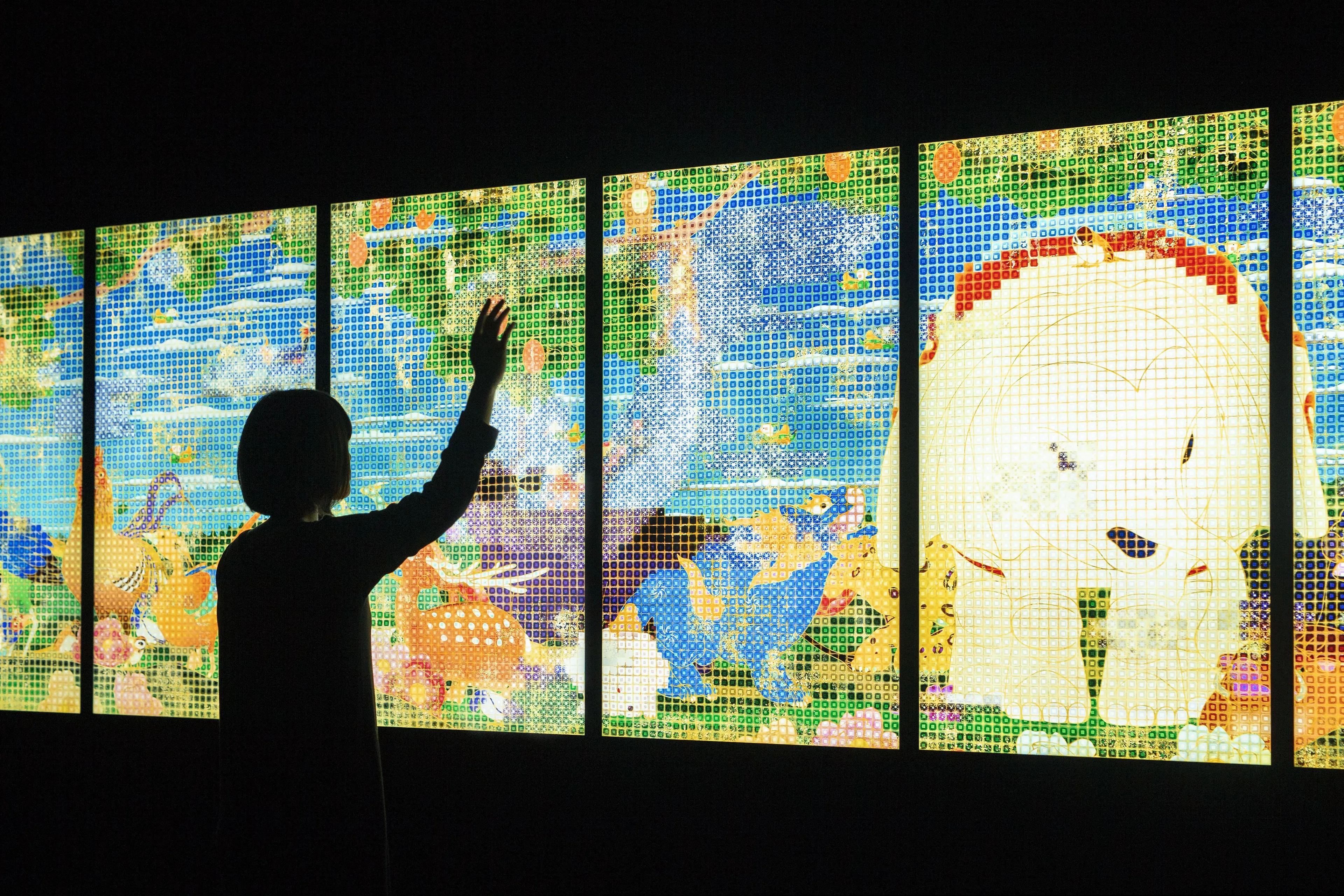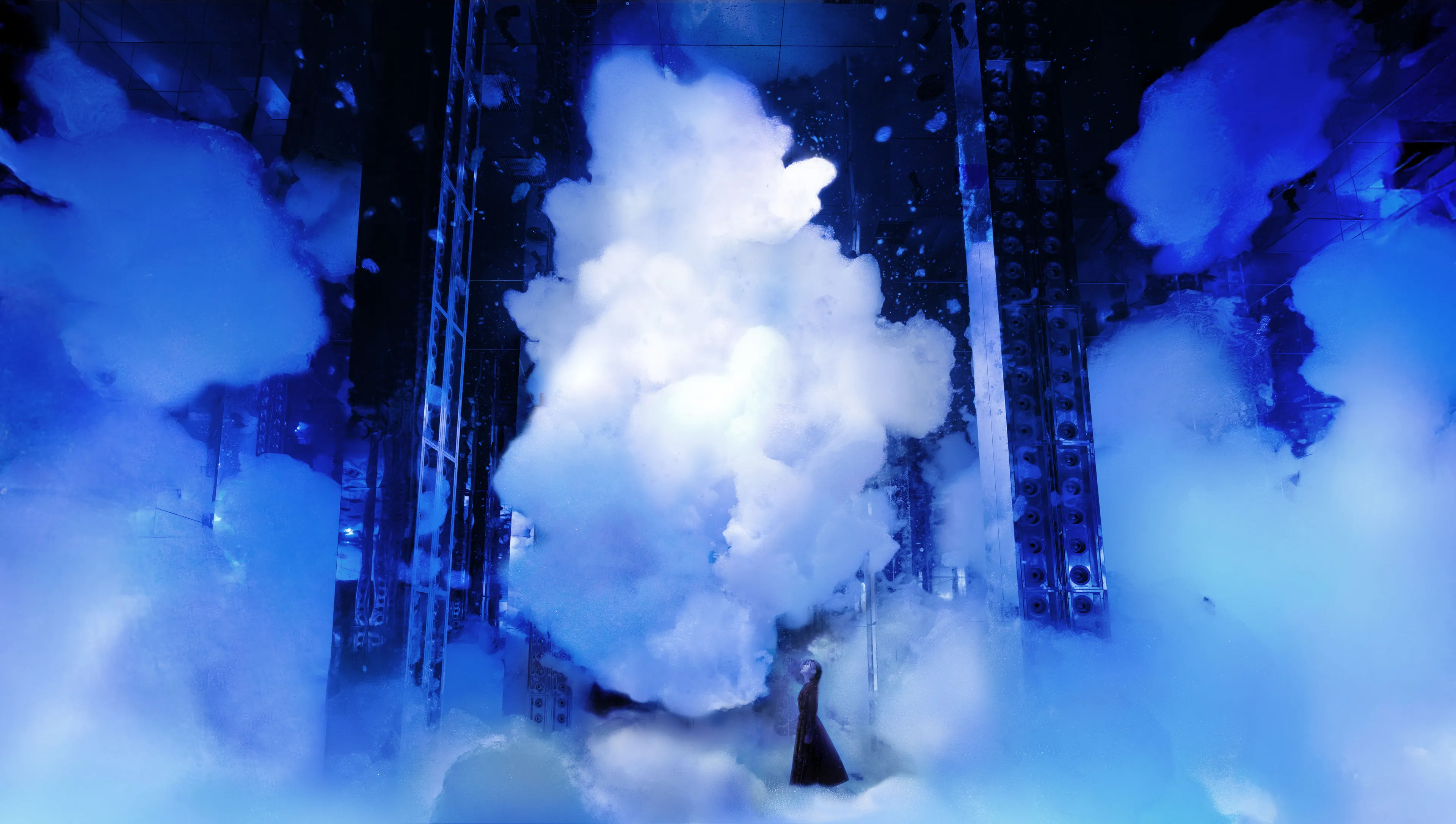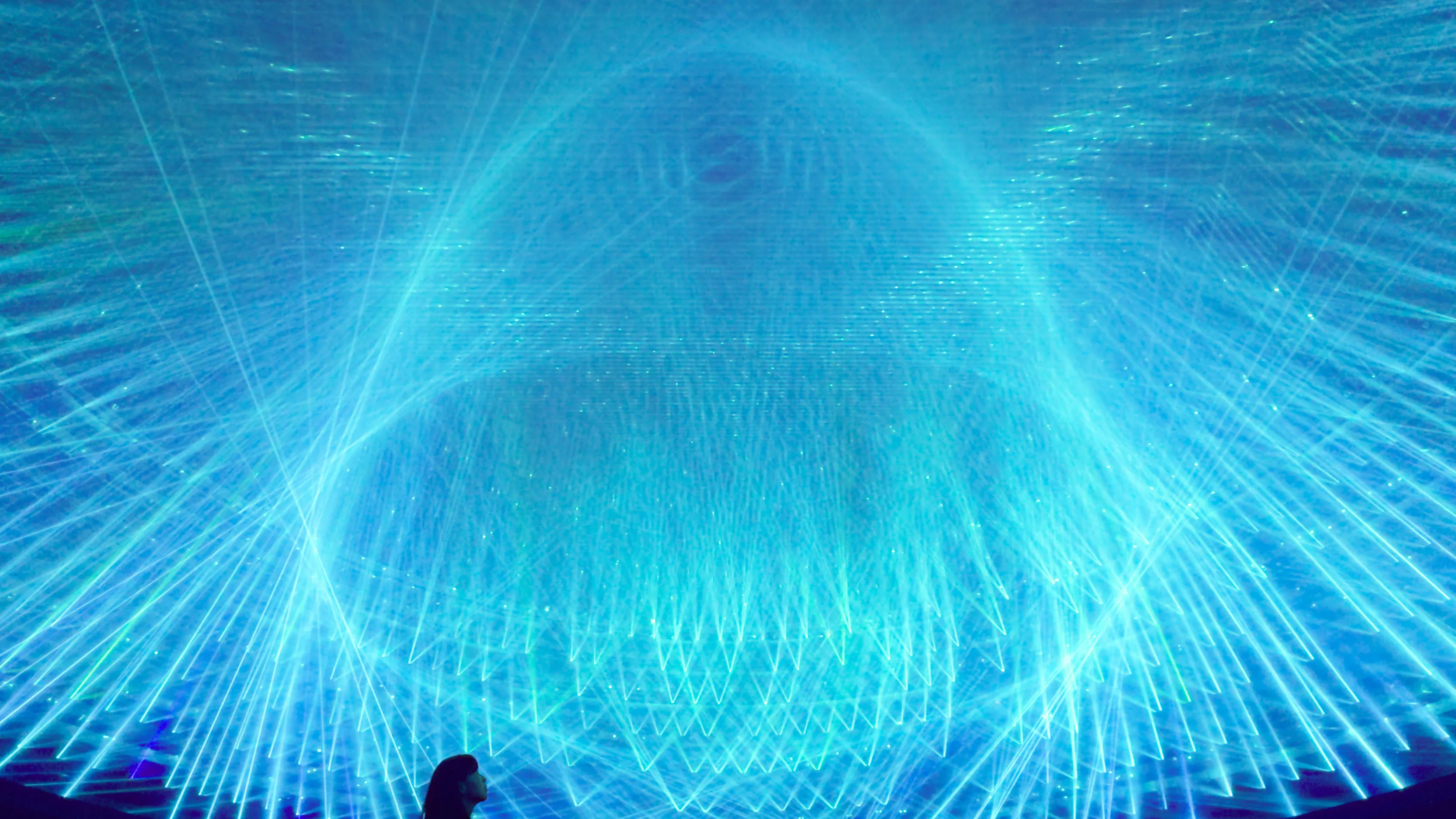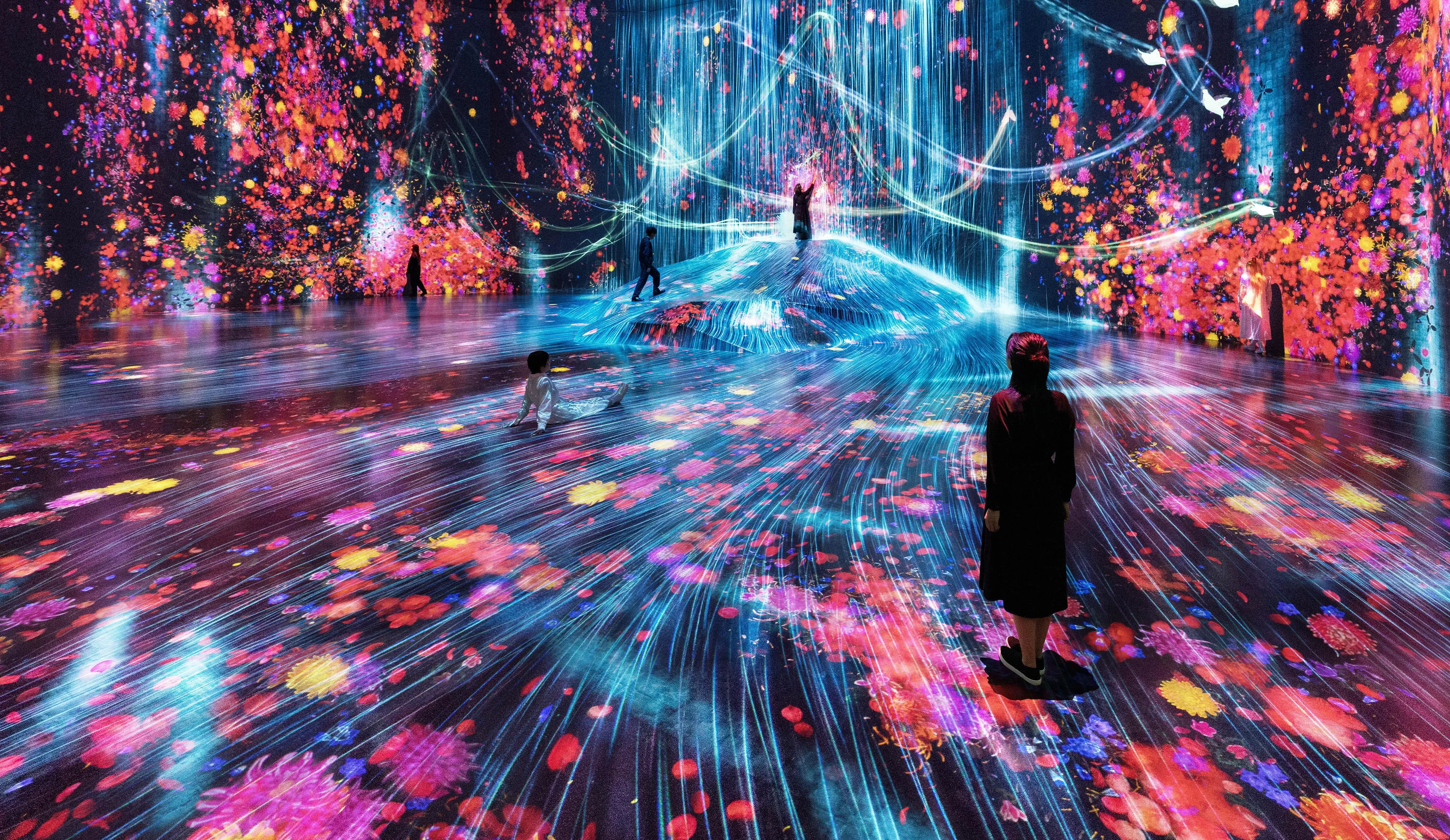Zipangu – Contemporary artists who have run through the Heisei era | teamLab

Zipangu – Contemporary artists who have run through the Heisei era
นิทรรศการที่ผ่านมา

Zipangu – Contemporary artists who have run through the Heisei era
นิทรรศการที่ผ่านมา
เกี่ยวกับ teamLab
teamLab (f. 2001) is an international art collective. Their collaborative practice seeks to navigate the confluence of art, science, technology, and the natural world. Through art, the interdisciplinary group of specialists, including artists, programmers, engineers, CG animators, mathematicians, and architects, aims to explore the relationship between the self and the world, and new forms of perception.
In order to understand the world around them, people separate it into independent entities with perceived boundaries between them. teamLab seeks to transcend these boundaries in our perceptions of the world, of the relationship between the self and the world, and of the continuity of time. Everything exists in a long, fragile yet miraculous, borderless continuity.
teamLab’s works are in the permanent collection of the National Gallery of Victoria, Melbourne; Art Gallery of New South Wales, Sydney; Art Gallery of South Australia, Adelaide; National Gallery of Australia, Canberra; Amos Rex, Helsinki; Museum of Contemporary Art, Los Angeles; Asian Art Museum, San Francisco; Borusan Contemporary Art Collection, Istanbul; and Asia Society Museum, New York, among others.
teamlab.art
Biographical Documents
teamLab is represented by Pace Gallery, Martin Browne Contemporary and Ikkan Art.
EXHIBITION OVERVIEW
Zipangu – Contemporary artists who have run through the Heisei era
The Heisei era is sometimes called the "Lost 30 Years," but it was also a time when exceptional talent in fashion, architecture, anime, manga, and contemporary art flourished, earning global recognition.
This exhibition offers a chronological exploration of Japanese contemporary art that emerged during the Heisei era. It is a restructured and expanded version of the "Zipangu" exhibition, originally held in Japan in 2011-2012.
The original Zipangu exhibition aimed to rediscover the allure of Japanese contemporary art. It also sought to heal and rejuvenate Japan through the power of art in the wake of the Great East Japan Earthquake.
In this updated Zipangu exhibition, we bring together works from leading artists who have shaped the art world from the Heisei era into the Reiwa era. These artists have developed unique expressions by blending and transforming Japanese culture within the broader context of global contemporary art. Their works reflect the complexity and diversity of their times.
As you explore the art on display, we invite you to reflect on the Heisei era and enjoy the contemporary art that continues to evolve today. (from Exhibition page)
The Heisei era is sometimes called the "Lost 30 Years," but it was also a time when exceptional talent in fashion, architecture, anime, manga, and contemporary art flourished, earning global recognition.
This exhibition offers a chronological exploration of Japanese contemporary art that emerged during the Heisei era. It is a restructured and expanded version of the "Zipangu" exhibition, originally held in Japan in 2011-2012.
The original Zipangu exhibition aimed to rediscover the allure of Japanese contemporary art. It also sought to heal and rejuvenate Japan through the power of art in the wake of the Great East Japan Earthquake.
In this updated Zipangu exhibition, we bring together works from leading artists who have shaped the art world from the Heisei era into the Reiwa era. These artists have developed unique expressions by blending and transforming Japanese culture within the broader context of global contemporary art. Their works reflect the complexity and diversity of their times.
As you explore the art on display, we invite you to reflect on the Heisei era and enjoy the contemporary art that continues to evolve today. (from Exhibition page)
Venue Details
Zipangu – Contemporary artists who have run through the Heisei era
ระยะเวลา
2024.11.02(Sat) - 12.22(Sun)
วลาเริ่มงาน
9:00 - 17:00 (Last entry 16:30)
วันหยุด
Open every day during the exhibition period
ค่าเข้างาน
Adults ¥2,000
Students ¥1,000
Children ¥500
*Student:Senior high / College students, Children:Primary / Secondary students
*This ticket is also valid for the Collection Galleries.
*Seniors (65+) can apply for ¥200 discount on the Individual Adults ticket price.
*Admission free for visitors with a disability certificate, including one accompanying person.
Students ¥1,000
Children ¥500
*Student:Senior high / College students, Children:Primary / Secondary students
*This ticket is also valid for the Collection Galleries.
*Seniors (65+) can apply for ¥200 discount on the Individual Adults ticket price.
*Admission free for visitors with a disability certificate, including one accompanying person.
เว็บไซต์
การเดินทาง
สถานที่จัดงาน
Hiroshima Museum of Art
3 - 2 Motomachi, Naka-ku, Hiroshima
3 - 2 Motomachi, Naka-ku, Hiroshima
Address in local language:
ひろしま美術館
広島市中区基町3-2 中央公園内
広島市中区基町3-2 中央公園内
ผู้จัดงาน
Hiroshima Museum of Art



